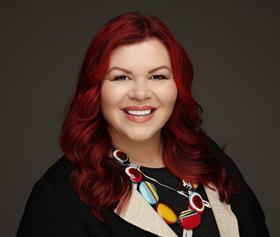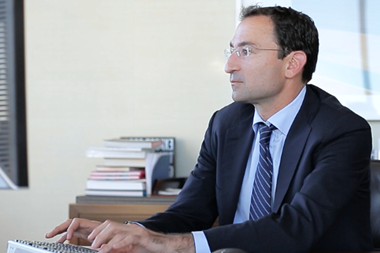As we mark International Day of Persons with Disabilities, it is a fitting time to shine the spotlight on an issue that deserves to be higher up property’s ESG agenda. We talk about creating spaces that work for everyone but while access is factored into design and planning, the more human element of how a place makes people with a disability feel is often overlooked.

This is not a niche issue. More than 14 million people live with a long-term disability in the UK. That number is only likely to grow as we grapple with an ageing population. It also does not include those with a temporary disability. The National Planning Policy Framework recognises the need for different approaches, and supporting guidance sets out how things like good public transport links, clear signage, well-lit spaces and hearing loops can improve development accessibility.
But we need to go further. Design guidance does not factor in less visible disabilities such as diabetes and Crohn’s, neurological disorders like Parkinson’s or MS, or requirements for people with neurological differences such as autism. The key is to make sure someone with a visible or a hidden disability gets the same experience, enjoyment and use of a place as others, or at least the right experience for them.
There is no neat solution but engaging and talking to people in our community living with a disability or condition well before spades are in the ground will help us better understand and cater for their needs during design and planning.
After build out, we must then continue applying these lessons to how a place is managed, and property management teams should make inclusivity core to their approach. Factoring in diversity when recruiting – so that different ways of thinking are embedded – can help, as can maintaining awareness through regular training. At Navana, for example, we are working with organisations like Purple, which advises and encourages businesses to work with people living with any disability to create solutions that benefit everyone.
Achieving 100% inclusivity is hard and developments will sometimes be constrained by historic design decisions, but there are still improvements we can make. Providing accurate information helps people decide how they might prepare for a visit rather than being confronted with problems when they arrive. Companies like AccessAble audit places and then create really good online accessibility guides with maps and videos.
Recent controversy around wheelchair access to COP26 is an important reminder of the barriers people with varied abilities face. By changing the way we shape and manage places, property can play a significant and positive part in tackling the challenges. It is the right thing to do, and it also makes commercial sense – why would we want to exclude so many potential customers from enjoying, working or living in the retail and leisure spaces, offices or new homes we build?
As the sector commits to new ESG goals, let’s make sure inclusivity is meaningfully part of them.
Charlotte Crawley is culture and experience director at Navana Property Grou
































No comments yet